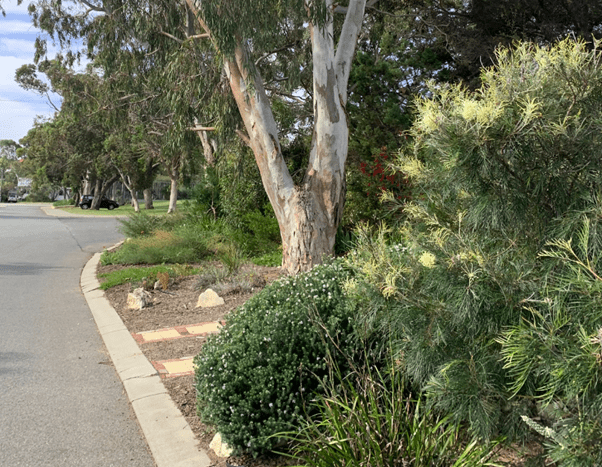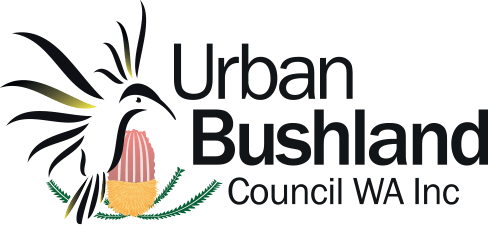Greening Perth: Why Biodiversity Matters in Our Growing City
Perth sits at the heart of the Southwest Australian biodiversity hotspot — one of only 36 in the world. This unique region is home to around 8,000 plant species, including about a third of Australia’s flowering plants.
But while Perth’s natural heritage is extraordinary, it’s also under pressure. With more than 2.3 million people now living across Greater Perth, decades of urban growth have slowly chipped away at our natural areas and open spaces. Tree canopy loss and clearing of native vegetation are major concerns. In fact, Perth has the lowest tree canopy cover (16%) of any Australian capital city.
Why green spaces matter, not just for biodiversity
Around the world, people are realising that a healthy environment isn’t just good for plants and animals — it’s essential for human health and wellbeing too.
Green spaces in our suburbs give us places to connect with others, exercise, and unwind. Spending time in nature has been shown to reduce stress and improve mental health, offering an important escape from busy urban life.
Trees also keep our city cooler. Their shade helps reduce the “urban heat island” effect — something Perth needs more than ever as climate change brings hotter, longer summers.
Moving Beyond “Green”
 Many of Perth’s parks and public spaces are still designed around lawns, ornamental trees, and neat water features, with a focus purely on recreation.
Many of Perth’s parks and public spaces are still designed around lawns, ornamental trees, and neat water features, with a focus purely on recreation.
While these look tidy, they often don’t support much local wildlife, often only gathering to generalist species that are common across many of Australia’s major cities.
To make our city truly green, we need to move beyond traditional landscaping and start designing for nature.
This means considering:
- Using mixed native plantings along streetways and cycle paths
- Setting targets for underrepresented plants, like understory and midstory species in parks
- Creating habitat and food sources for local birds, insects, and animals
Simple steps such as these considerably enhance their biodiversity values, of these spaces without infringing on other values people associate with them.
Working Together for a Greener Future
Making Perth a city that supports biodiversity will take a whole-of-government and community effort. Both state and local governments need to work together to shape policies, strategies, and greening programs that make our suburbs healthier and more liveable.
The Perth and Peel Urban Greening Strategy, currently being finalised by the State Government, is a big step in the right direction. It aims to boost tree canopy and improve access to green spaces across the region.
In its implementation, however, it is important that the strategy:
- Focus on all layers of vegetation, not just canopy trees
- Prioritise lower socioeconomic areas, where green cover is often lowest
- Put remnant bushland conservation at the heart of planning
- Invest in monitoring and compliance to track progress
- Support community and volunteer groups, like Friends of organisations, already doing the hard work on the ground
Looking forward
Nature underpins our wellbeing — we need it to survive. For Perth to thrive as a biodiverse city, everyone has a role to play: residents, developers, community groups, and all levels of government.
By working together and designing with nature in mind, we can make Perth not only a beautiful and liveable city, but one where biodiversity remains alongside us.

I say yes to all your strategy points!